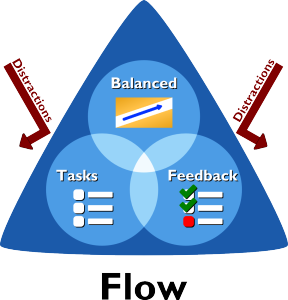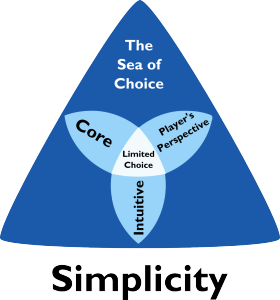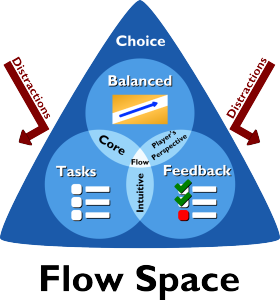It’s been almost a year. It’s been a long time. A lot has happened.
After my daughter passed in Jan 2015, I shut down. All three facets of my life were shattered: my family, my happiness, and my work. For my family, I put in countless hours keeping it alive. For my happiness, the only thing to do was allow time to pass. For my work, well, that was a different story.
See, I worked for a military contractor. Yes, it’s true that I built training games for them. Twelve years of graphics, visualizations, and training games. It’s also true that while working there, I was involved in discussions, proposals, and projects that focused on the military. Aka fighting. Aka war. Aka death. And I’d had enough of death. So, as a family, we made a promise – wait 12 months, let the raw emotions heal a little, and then decide about our future.
It was impossibly hard. One day at a time, until a week would pass, and eventually, it would be another month. Struggles, depression, and also sometimes, small bits of happiness. Finally, it was Jan 2016. And in truth, I had done a bit of healing. I had begun to re-define what it meant to be husband and father. I had begun exercising, planning trips, and even podcasting – all of which helped to bring back some happiness. And yet, then there was work. Work did not make me happy. Even after 12 months, walking into work felt like a betrayal of the gifts of gratitude that my Make-A-Wish daughter gifted me. So we made our decision. Which led to another problem.
Turns out, Virginia is not a hotbed for gaming. In fact, when I searched LinkedIn for game development jobs in Virginia, the number of results was a big, fat, goose-egg – aka zero! Our only choice was to move far, far away – leaving behind everything we had built for 40+ years! Our home, friends, and connections in the community would be gone.
In the U.S., there’s only a handful of hot-spots for game development. Places like Seattle, Raleigh/Durham, Austin, San Francisco, and of course, the LA area. So, we pulled out the maps, began visualizing our future, and looked for a fit. That’s when I came across something surprising.
Do you know what the 2nd most played mobile game in the world is? I didn’t. Sure, I could have guessed that Candy Crush was number one. Second though? Hmmm… Well, it turns out that the #2 mobile game in the world is Solitaire! Which is both surprising and also, maybe makes a little sense. After all, solitaire is casual, ever-green, and time honored. A game spanning generations. And the company that makes the most popular solitaire was in Irvine, California – which happens to be one of the best places to live in the country! So, I sharpened up my resume, recorded some interview videos, and went for it.
The details of getting the job are a topic for another day. Suffice to say that I interviewed, landed the job, and moved out to Irvine, to take a job as Technical Director for the Solitaire suite at MobilityWare in April 2016. And once I started the process, time began moving really, really fast. I stayed in a bunch of AirBnB’s, got my family moved out here, and went all-in at work. Time flew! And now, somehow, it’s already Feb, 2017. I love my job, my family is together, and I’m relearning what it means to find happiness in a world without my daughter.
I am telling this story for all of you who have been so patient. “Where’s Gigi?”, “When’s the next episode?” and even, “How come these apps are still broken?” Losing my daughter, rebuilding my life, and transitioning to this new job has taken all of my energy. And it still does, even now. The good news is that I’m fully engaged with my life – I’m living. I can’t say what the future holds for podcasting, Gigi games, and Indy development.
I can only say that life is short. My daughter taught me to be grateful, no matter what. And that’s what I’m doing, each day, on my way home from work. Instead of a gratitude bridge, I now have a gratitude stop-light. Because my commute is only 8 minutes.
I’m grateful for my job, my son, and my wife. And I’m still trying, improving, and repeating.





